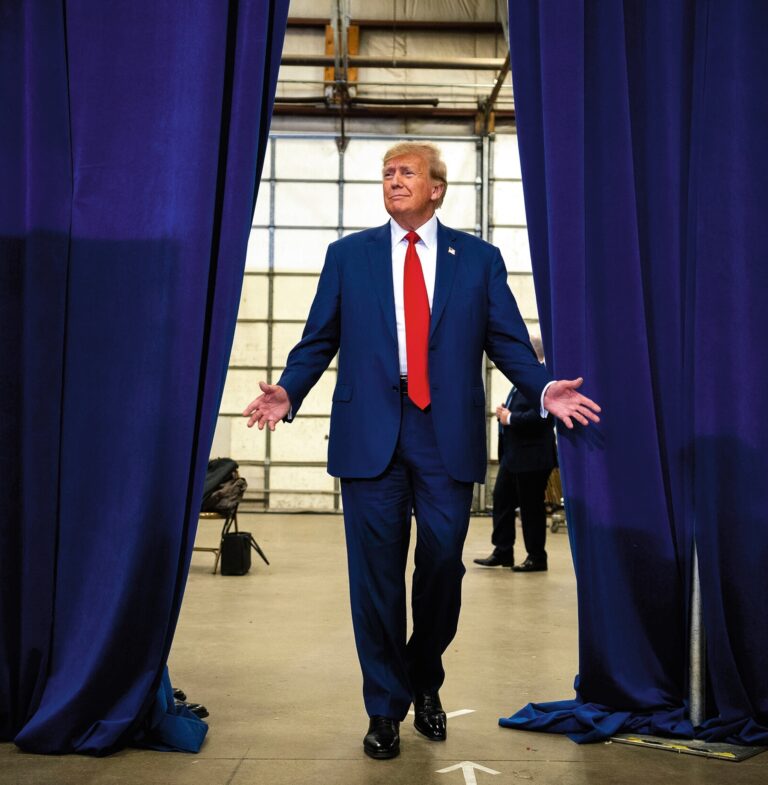

Left the door open: Donald J. Trump.
Bild: DOUG MILLS/NYT/Redux/laif / DOUG MILLS/The New York Times/Redux/Redux/laif
Joe Biden is trying to restrain China for ideological reasons. If Donald Trump returns to office, he may surprise the world by striking a deal with Beijing.
Bitte beachten Sie die Netiquette-Regeln beim Schreiben von Kommentaren.
Den Prozess der Weltwoche-Kommentarprüfung machen wir in dieser Erklärung transparent.









 David P. Goldman
David P. Goldman